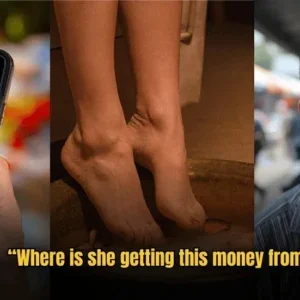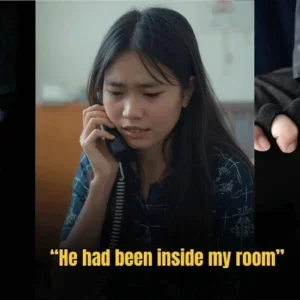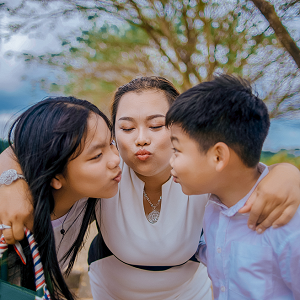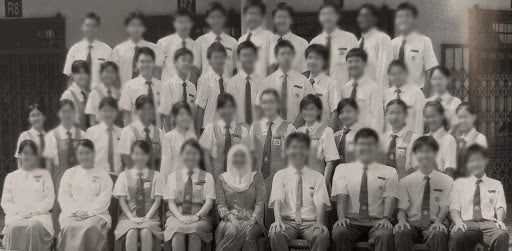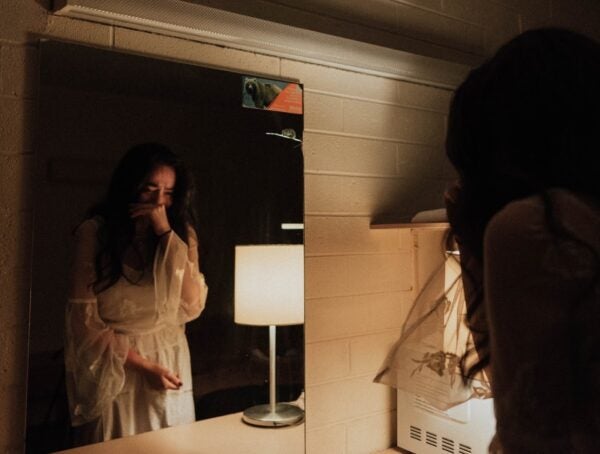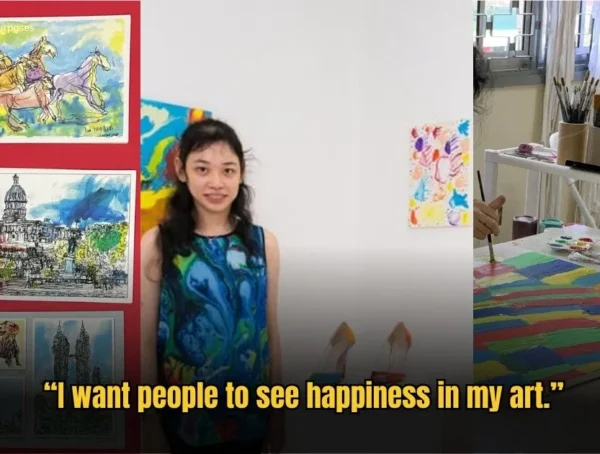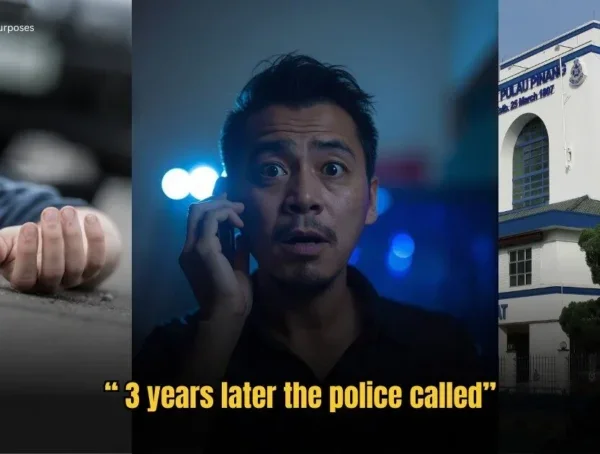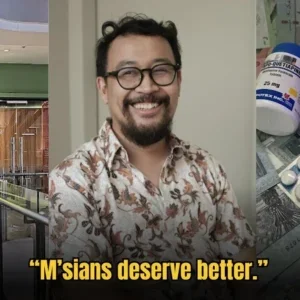Is it just me, or is it common that every time we mention the phrases “Mental Institution” or “Mental Asylum”, we all picture the same things in mind?
The first thing that would probably pop up in our imaginations are creepy aggressive patients strapped in straitjackets.
Sometimes we even imagine them strapped to their beds, maybe because of the assumed threat they pose. Need I mention the patients who talk to themselves, or the ones who laugh like the Joker?
Regardless of what you imagine it to be like, have you ever wondered what is it REALLY like in Hospital Bahagia?
I did. I just had to check it out myself – and I was utterly surprised.
A Little Background History
Hospital Bahagia is the oldest mental institution in the country, with a history dating back over 100 years. It happens to be the largest one too!
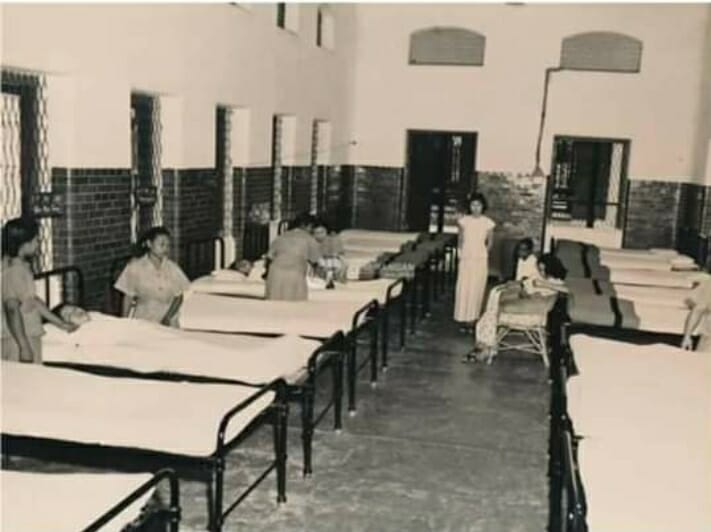
Source: Jabatan Penerangan Malaysia
However, in the beginning, the name of the hospital did not sound so “bahagia” (Malay for happy).
Back in 1911, Dr. W.F Samuels named it the Federal Lunatic Asylum. In 1928, it was renamed the Central Mental Hospital.
In 1970, the hospital was finally given the name Hospital Bahagia Ulu Kinta, in hopes of changing the perception of the general public about the mental institution.
Hospital Bahagia is also often associated with Tanjung Rambutan, where the hospital is located.
Today, the term “Tanjung Rambutan” is sometimes brought up by Malaysians when talking about someone “unsound”, probably because of its relation with Hospital Bahagia.
Here’s a sad fact: This hospital used to house orphans and children with special needs who were abandoned by their parents back in the 70s to the 80s.
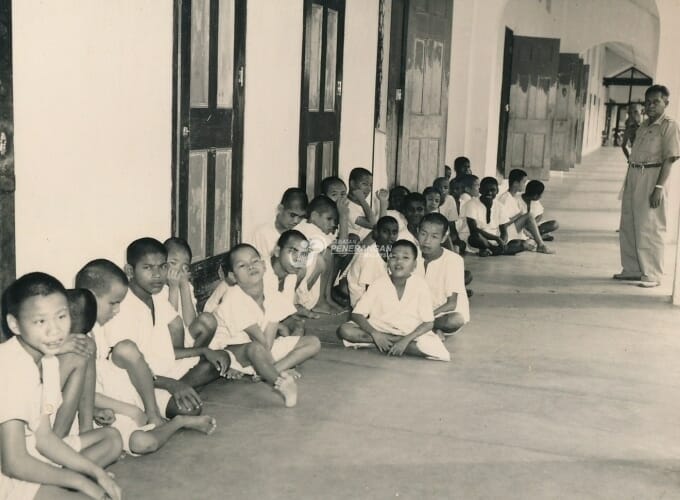
Source: Jabatan Penerangan Malaysia
Entering the huge hospital grounds
I had to admit, the route to get to the entrance gave me the chills.
I gripped my steering wheel hard, with both hands.
As I drove down a long road with abandoned weeds on both sides, I saw on my left a rusty railway track from the old railway station built in 1983.
The abandoned track stopped operating about 11 years ago. Man, it was spooky.
When I arrived at the entrance, I was greeted by a young security guard.
“Nak ronda-ronda jap,” I said to him, which meant I want to just drive around for a little bit. He swiftly gave me access.
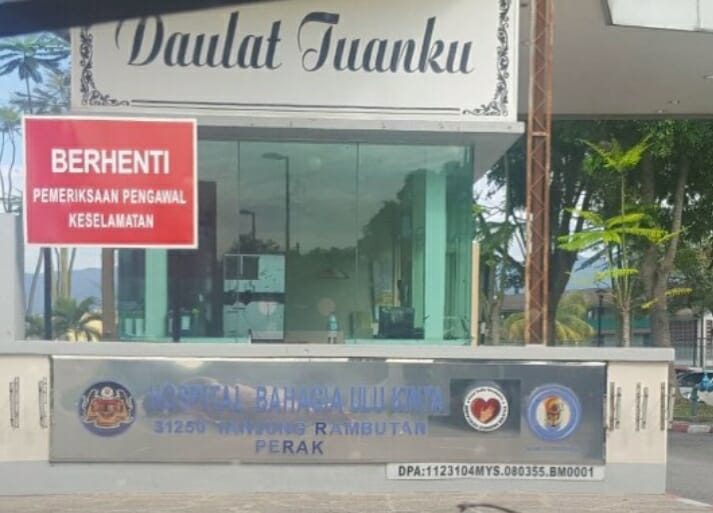
The first thing I saw was an information center or also known as the library.
It took my breath away – the place wasn’t as terrifying as I imagined.
As I drove around, I couldn’t help but realise that the place is HUGE! At approximately 550 acres of land, it’s so big that the employees need to go around by bike.
I could have gotten lost, but luckily there were helpful signs that made navigation easier.
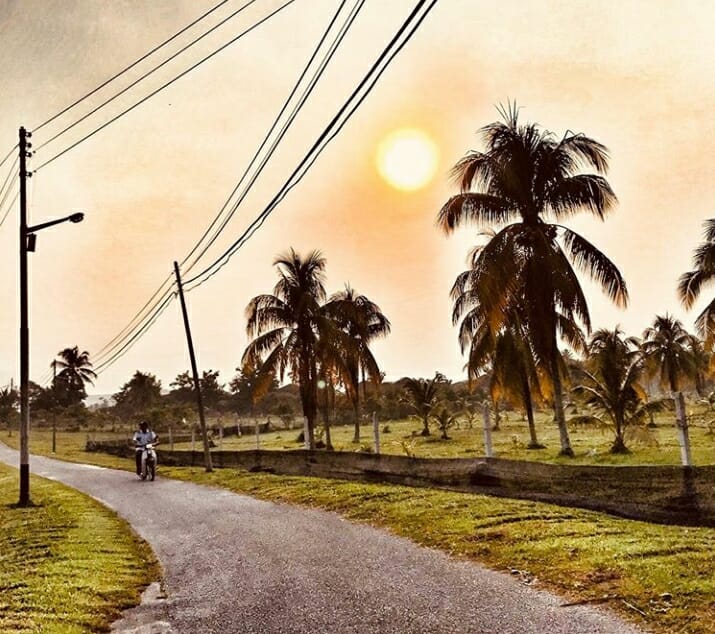
The thing that amazed me the most was that a big part of the land is used for plantations and animal rearing! Yes, chickens, ducks, goats…even fish!
We’ll get to that later.
At The Clinical Unit
This is where you will see outpatients waiting for their turn to meet individually-assigned psychiatrists or doctors – the clinic. Patients are usually accompanied by a family member while holding a queue number and appointment card in hand.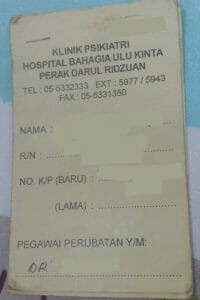
As I wandered about, I paid close attention to the nurses at the reception counter who were answering phone calls.
They were attending to reports from members of the public about any situations regarding their family members which they are incapable of managing.
One of the conversations were along the lines of…
“Dia ada dekat mana sekarang? Dia mengamuk ke? Siapa ada dekat rumah? Takpe jangan bagi tahu dia. Esok you bawa dia.”
(Where is he/she now? Is he/she acting up? Who is at home? It’s okay, don’t let him/her know. Bring him/her in tomorrow.)
My heart was literally pounding while listening to the nurse’s response.
I looked around and saw some patients trying to communicate with others in their own unique way. Some would never stop staring at me, some would never stop smiling, and some would be fidgeting.
The place was just flooded with patients who are waiting for their turn to meet the doctor. Guess it was just a typical weekday there.
There was even a regular dental clinic! I’m telling you, this place is just full of surprises.
Most of the patients were students in their school uniforms accompanied by their parents for their dental appointments.
They would be waiting at the same are where outpatients who need help psychologically would wait.
Some Patients Make Their Own Money
Remember the animals I mentioned earlier? It’s all part of healing for some patients. They call it agrotherapy.
Agrotherapy was invented as a way to build interdependent relationships between humans, plants, animals and nature involved through farming.
It is fairly new as a form of therapy, but has proven to show promising results in promoting good mental health.
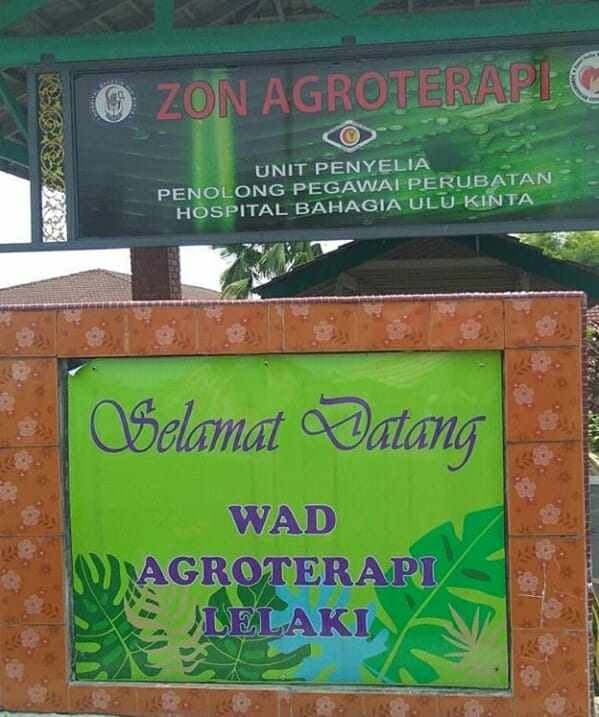
Agrotherapy is introduced to patients who are stable enough to carry out these activities. They would spend about two to three hours a day managing crops.
All sorts of lush vegetables can be seen from my tour around the gardens. I must say, they did a pretty good job.
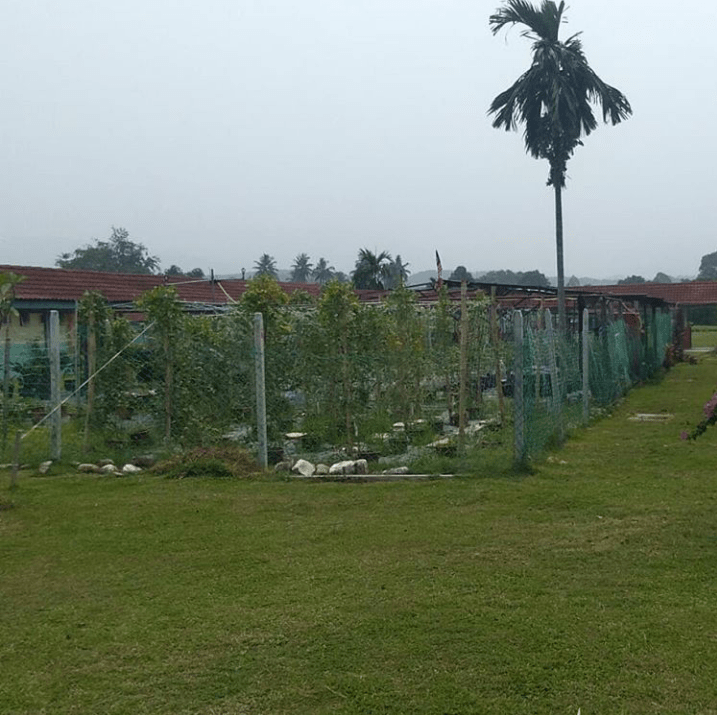
On top of that, they rear farm animals and fish which are sold at the market. They even accept special orders from outsiders.
Members of the public can also fish at the pond by paying RM4.00 per rod.

Once they’ve earned some money, they would then use it to buy their favourite dishes from the cafeteria.
In case you’re wondering, they’re provided with food on a daily basis – this is just a voluntary program that allows them the opportunity to work and be a contributing member of society.
Newsflash: Patients Are Not Strapped To Beds All Day
Programs like these exist because caregivers at the Hospital Bahagia want life for patients there to be as close to normal daily life as possible.
Apart from the agrotherapy, a little game room has been set up for patients to come in and interact with the others. Games like chess, carrom and checkers are some of their favourites.
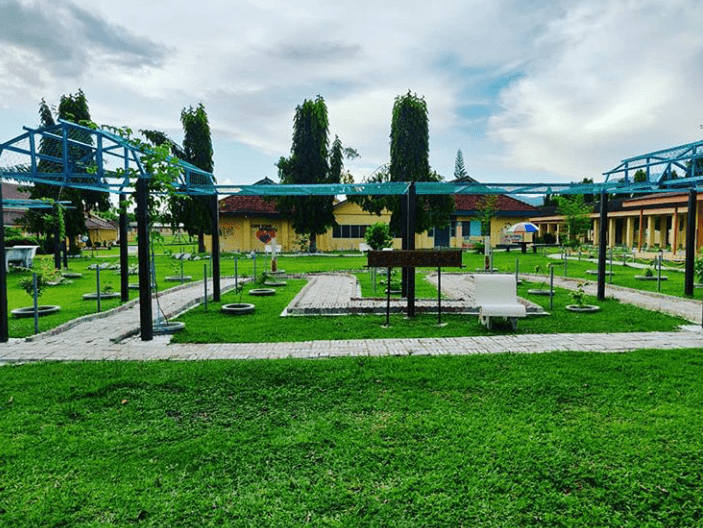
It is also really important for them to stay physically fit. They exercise everyday with the help of instructors and sometimes go for strolls around the herb garden. Besides that, they have handicraft-making sessions.
While they’re sitting down doing these activities, counsellors would have conversations with them, providing counselling indirectly.
While playing board games or making handicrafts, imagine someone talking to you as a friend, asking you how you’re doing and so on.
This exchange of goodwill allows the patients to express their feelings. It doesn’t feel like a counselling session, does it?
That’s the approach counsellors use for their patients, and they usually interact well with fellow patients, the doctors and the nurses too.
The Takeaways
This visit gave me a new hope and has inspired me so much. It was such a wholesome experience witnessing the patients’ will to survive and spend their day participating in highly rewarding activities.
I guess we Malaysians need to open up a little to learn more about mental health.
After all, mental health is not a joke. The joke’s on us when we don’t educate ourselves about the realities of life of others.
For more stories about Malaysian experiences in mental health and rehab centres, read Attempted Suicide: How Three Days in the Intensive Care Unit Changed My Life Forever and I Was Abducted and Held at a Drug Rehab Facility. Here’s My Story.
You might also like
More from Real People
‘They told me to do the whole project or get zero!’ shared M’sian Student
This story is about a student who knew the rules, played the game, and let the bullies get the result …
The Janet Lee story : The legacy of a 33 YO M’sian Artist with Epilepsy
This interview is about Janet Lee, a Malaysian artist with epilepsy and learning challenges, whose vibrant art and legacy inspire …
‘I Skipped a Police Report. Now I’m Investigated for Hit-and-Run’ shares M’sian man
This is the story of a Malaysian guy who never imagined a forgotten accident would return as a police investigation.
